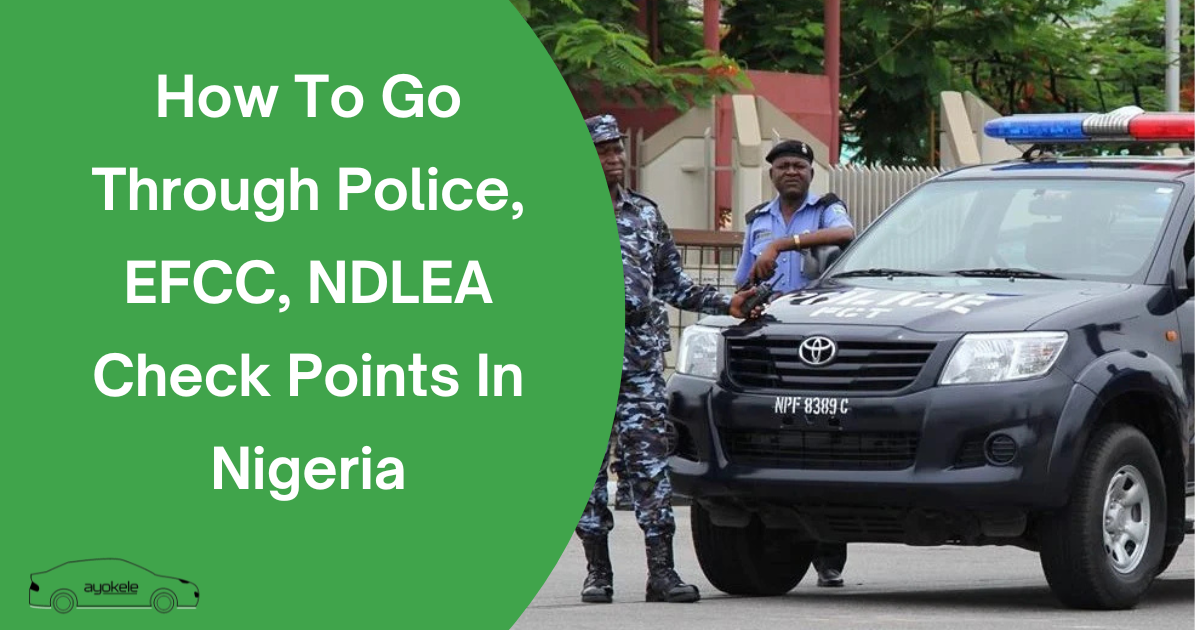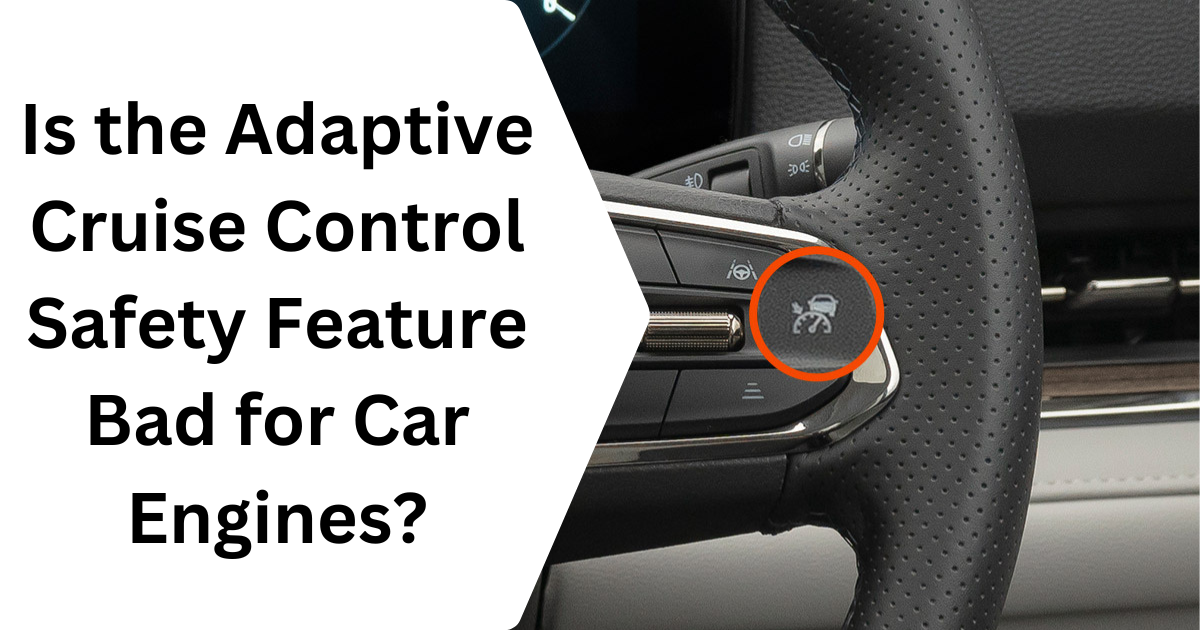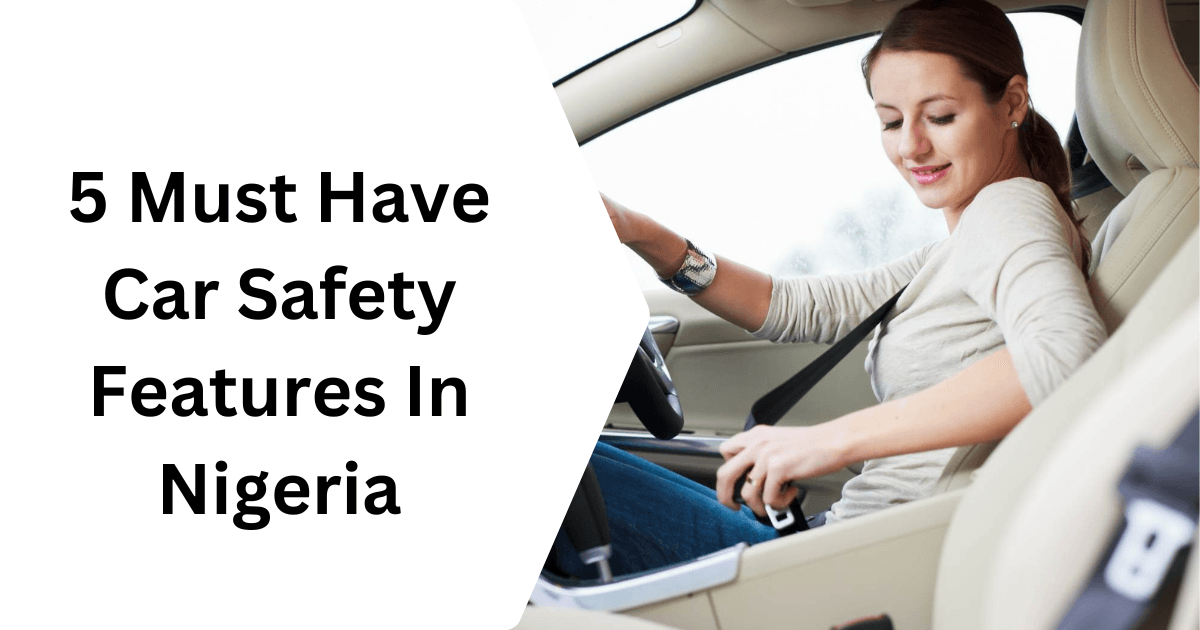Security checkpoints are an integral part of Nigeria’s law enforcement infrastructure, serving as crucial points of contact between citizens and security agencies. In recent years, the presence of checkpoints manned by the Nigeria Police Force, Economic and Financial Crimes Commission (EFCC), and National Drug Law Enforcement Agency (NDLEA) has become increasingly common across Nigerian roads and highways. These checkpoints represent a coordinated effort to maintain law and order, combat crime, and ensure public safety in Africa’s most populous nation.
The reality of going through these security checkpoints has become a constant worry for many Nigerians. Understanding how to properly interact with security personnel at these checkpoints is not just about convenience—it’s about knowing your rights, maintaining personal safety, and contributing to the broader goal of national security.
For many citizens, encounters at checkpoints can be a source of anxiety, often stemming from uncertainty about proper procedures, bribery and corruption and concerns about potential delays. This comprehensive guide aims to bridge the knowledge gap by providing clear, actionable information about checkpoint protocols, citizens’ rights and responsibilities, and best practices for smooth interactions with security personnel.
Understanding Your Rights as a Nigerian Citizen at Security Checkpoints
The Nigerian Constitution is the foundational document protecting citizens’ rights during law enforcement interactions, including at security checkpoints. The 1999 Constitution, particularly Chapter IV, outlines fundamental rights that remain in effect even during routine security stops.
First and foremost, you have the right to be treated with dignity and respect. Section 34 of the Constitution explicitly protects citizens from degrading treatment. This means security officers must maintain professional conduct and cannot subject you to harassment, intimidation, or humiliation during checkpoint encounters.
Your right to freedom of movement, enshrined in Section 41 of the Constitution, remains valid even at checkpoints. While security agencies have the authority to conduct stops, these must be reasonable and justified. You have the right to know why you’re being stopped and what authority the officers are operating under. Security personnel should be properly identified with name tags and appropriate uniforms.
Regarding vehicle searches, it’s important to understand that while officers have the right to conduct searches, these must be done within legal boundaries. You have the right to witness any search of your vehicle, and officers must have probable cause or reasonable suspicion to conduct a thorough search. Random searches without justification are not legally supported.
Documentation requirements fall under clear legal frameworks. While you must carry valid identification and vehicle documentation, you’re not required to surrender original copies to officers. Showing these documents while retaining possession is within your rights. The acceptable forms of identification include:
- National Identity Card
- International Passport
- Driver’s License
- Voter’s Card
When it comes to questioning, you have the right to remain silent beyond providing basic identification information. If detained for any reason, you have the right to contact legal representation. It’s crucial to understand that while cooperation is encouraged, self-incrimination is not required.
For interactions with specific agencies, different rights apply. EFCC officers must present proper identification and cannot demand financial transactions at checkpoints. NDLEA officers can conduct searches but must follow proper protocols and document their actions. Police officers must state the reason for stopping you and cannot detain you without reasonable cause.
Your right to document interactions is protected under Nigerian law. While maintaining respectful behavior, you can record checkpoint encounters, though it’s advisable to inform officers of your intention to do so. This documentation can serve as protection for both citizens and law enforcement officers.
How To Interact With Law Enforcement Officers On The Road
When approaching a checkpoint, reduce your speed gradually and turn on your interior lights if it’s dark. This initial action signals cooperation and helps security personnel assess the situation safely. As you come to a stop, keep your hands visible on the steering wheel – this seemingly small gesture immediately establishes trust by demonstrating transparency.
Communication Fundamentals
The first few seconds of interaction often set the tone for the entire encounter. Greet the officer respectfully with “Good morning/afternoon/evening, sir/ma.” This basic courtesy acknowledges their authority while maintaining your dignity. Speaking in clear, measured tones helps ensure effective communication and demonstrates confidence.
When an officer requests your documents, explain your movements before making them: “Sir, my vehicle documents are in the glove compartment. May I reach for them?” This verbal communication prevents misunderstandings and keeps both parties comfortable during the interaction.
Handling Questions and Requests
Officers may ask about your journey’s purpose, destination, or contents of your vehicle. Provide straightforward, honest answers without volunteering excessive information. If asked to step out of your vehicle, comply calmly while maintaining awareness of your surroundings. Should a search be requested, you can respectfully ask about the reason while remaining cooperative.
Managing Complex Situations
Sometimes, checkpoint interactions become challenging. If an officer makes requests that seem inappropriate, remain calm and employ diplomatic language: “Sir, I understand you’re doing your job. However, I would feel more comfortable if we could follow standard procedures.” This approach maintains respect while asserting your rights.
Documentation During Interactions
While you have the right to record interactions, doing so requires tactical awareness. If you choose to record, announce your intention professionally: “Officer, for both our protection, I would like to document this interaction. Would that be acceptable?” This transparency often prevents escalation and misunderstandings.
Language and Cultural Sensitivity
Nigeria’s diverse cultural landscape requires awareness during checkpoint interactions. When possible, show respect for local customs and linguistic preferences. Simple gestures like basic greetings in the local language can foster positive interactions, though maintain professional English for complex communications to ensure clarity.
De-escalation Techniques
If tensions rise, focus on de-escalation through controlled responses. Keep your voice steady and avoid confrontational body language. Using phrases like “I want to cooperate fully” while maintaining calm can help redirect tense situations toward productive outcomes.
When to Seek Additional Support
If you encounter serious issues, know when to request superior officers or external support. Keep relevant emergency numbers accessible, including those for police command centers and legal representatives. Remember that asking to speak with a superior officer is your right, but the request should be made respectfully.
Post-Interaction Protocol
After completing the checkpoint interaction, thank the officer professionally, regardless of the experience’s nature. If you experienced any issues, wait until you’re safely away from the checkpoint before documenting the encounter or reporting concerns through proper channels.
Professional Networks and Resources
Consider joining professional drivers’ associations or networks that provide updated information about checkpoint protocols and support during challenging situations. These networks often offer valuable resources and advice based on collective experience.
The key to successful checkpoint interactions lies in balancing assertiveness with respect, maintaining composure while knowing your rights, and focusing on clear, professional communication throughout the encounter.
Safety Tips and Best Practices
Time Your Travel Strategically
Planning your journey during daylight hours significantly enhances your safety at checkpoints. Early morning travel, particularly between 6:00 AM and 10:00 AM, often presents the most professional checkpoint interactions. During these hours, senior officers are more likely to be present, and visibility helps ensure transparency in all interactions. Avoid night travel when possible, as reduced visibility can complicate checkpoint procedures and potentially compromise safety.
Choose Well-Lit Routes and Official Checkpoints
Official security checkpoints are typically well-marked and positioned in strategic locations along major routes. These legitimate checkpoints feature proper barriers, reflective signs, and uniformed personnel. When planning your route, research known official checkpoint locations and stick to well-traveled main roads. Avoid shortcuts through isolated areas, even if they might save time, as unauthorized checkpoints sometimes operate in such locations.
Maintain Vehicle Visibility
Your vehicle’s condition and visibility play crucial roles in checkpoint safety. Ensure all lights function properly, including hazard lights, which you might need when stopping at checkpoints. Keep your windshield and windows clean and clear of excessive tinting that might raise suspicion. When approaching a checkpoint, especially at night, turn on your interior lights to allow officers to see inside your vehicle clearly.
Create a Safety Network
Establish a personal safety network before traveling. Share your journey details with trusted contacts, including your expected route and estimated arrival time. Consider using vehicle tracking systems or journey-sharing apps that allow others to monitor your progress. Program emergency numbers into your phone’s speed dial, including local police commands and your legal representative.
Document Everything Systematically
Develop a system for documenting checkpoint interactions when necessary. Keep a small notebook and pen readily available for recording officer names, badge numbers, and checkpoint locations. If you have a dashboard camera, ensure it’s working properly before your journey. Remember that while documentation is important, it should be done discreetly and respectfully to avoid escalating situations.
Master Non-Verbal Communication
Your body language significantly influences checkpoint interactions. Maintain a calm, confident posture without appearing aggressive. Keep your hands visible on the steering wheel when officers approach. Make deliberate, smooth movements when reaching for documents or responding to instructions. These non-verbal cues help establish trust and professionalism during the interaction.
Prepare Emergency Resources
Despite thorough preparation, emergencies can arise. Keep an emergency kit in your vehicle containing basic supplies, including a first-aid kit, flashlight, and backup phone battery. Consider carrying a small amount of emergency cash separate from your main funds. Have digital copies of all important documents stored securely online, accessible if physical copies are lost or damaged.
Understand Technology’s Role
Modern technology can enhance checkpoint safety when used appropriately. Consider installing a reputable dash cam that records both front and interior views. Keep your phone charged and equipped with relevant safety apps. However, remember that using these devices during checkpoint interactions requires discretion and clear communication with officers.
What to Do If You Experience Misconduct
Your immediate safety should be your primary concern when facing misconduct. Remain as calm as possible, even in challenging situations. Speaking in a steady, clear voice can help prevent escalation. If an officer makes inappropriate demands or exhibits concerning behavior, focus first on ensuring your physical safety while mentally noting specific details about the interaction.
Documenting the Incident Properly
Once you’re in a safe position to do so, document everything about the encounter while your memory is fresh. Record the exact location, date, and time of the incident. Write down the officer’s name, badge number, and physical description if visible. Note the agency involved (Police, EFCC, or NDLEA) and any identifying features of the checkpoint. Include details about any witnesses present, including other officers or civilians. If possible, take photographs of the location, being careful not to capture security personnel without permission, as this could escalate the situation.
Filing an Official Complaint
The process of filing an official complaint requires attention to detail and proper channels. For police misconduct, you can file a complaint with the Police Service Commission (PSC) or the Public Complaints Rapid Response Unit (PCRRU). The PCRRU operates a 24/7 hotline and accepts complaints through multiple channels, including WhatsApp, text messages, and email. When filing your complaint, provide a clear, chronological account of events, supported by your documented evidence.
For EFCC-related misconduct, contact the EFCC’s Internal Affairs Department. The NDLEA has similar internal mechanisms for handling complaints about their officers. In all cases, maintain copies of your complaint submissions and any correspondence related to your case.
Legal Documentation and Support
Seeking legal support strengthens your position when addressing misconduct. Contact a legal representative who specializes in civil rights or law enforcement oversight. They can help you understand your rights and the best course of action. Your lawyer can assist in properly documenting the incident and filing necessary legal paperwork. They may also help you obtain CCTV footage from nearby businesses or traffic cameras that might have captured the incident.
Following Up on Your Complaint
Pursuing a complaint requires persistence and proper follow-up. Keep a detailed record of all communication with oversight bodies, including dates, times, and names of officials you speak with. Request and retain reference numbers for your complaints. Follow up regularly but professionally, demonstrating your commitment to seeing the process through while maintaining respectful communication.
Engaging Civil Society Organizations
Nigeria has several civil society organizations that focus on police reform and citizens’ rights. These organizations can provide valuable support and guidance. They often have established relationships with security agencies and can help navigate the complaint process. Some organizations also document patterns of misconduct, using individual cases to advocate for broader reforms.
Prevention and Community Awareness
Your experience can help others avoid similar situations. Consider sharing your experience through appropriate channels, such as civil society organizations or legal aid groups. This information helps build awareness about checkpoint practices and citizens’ rights. However, maintain professionalism and focus on factual information rather than emotional reactions.
To safely pass through security checkpoints in Nigeria, you need to know what to do and how to act. This means carrying your proper papers, like your ID, and treating the security officers with respect. At the same time, it’s important to know your basic rights as a citizen.
If a security officer does something wrong, there are proper ways to report it. You shouldn’t argue at the checkpoint – instead, you can file a complaint later through the right channels.
When everyone understands these rules and follows them, it makes checkpoints work better and safer for everyone. This helps both the citizens going through checkpoints and the security officers doing their jobs to keep Nigeria safe.
Think of it like following traffic rules – when everyone knows and follows the same rules, things go more smoothly and safely for everyone involved.




